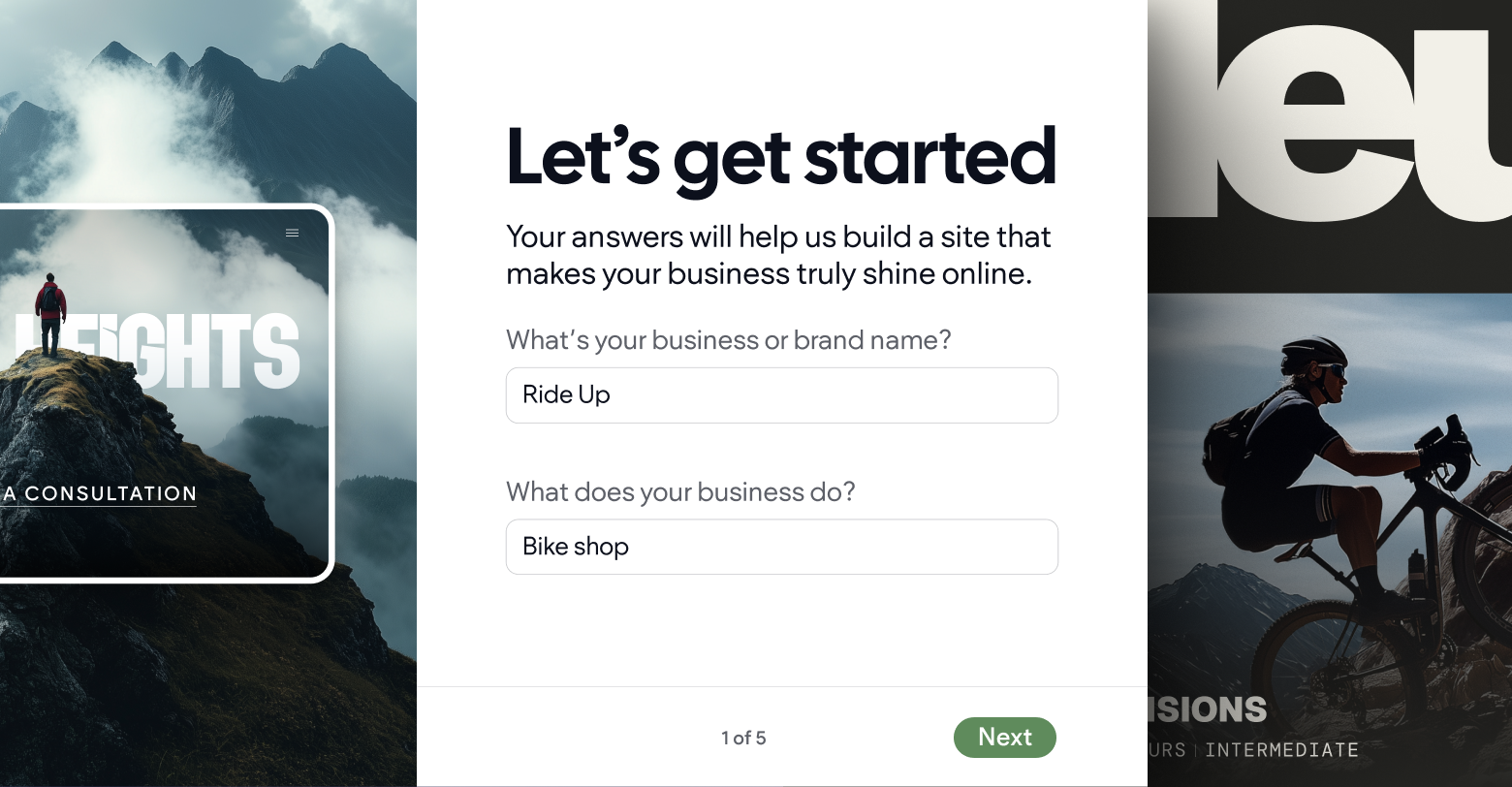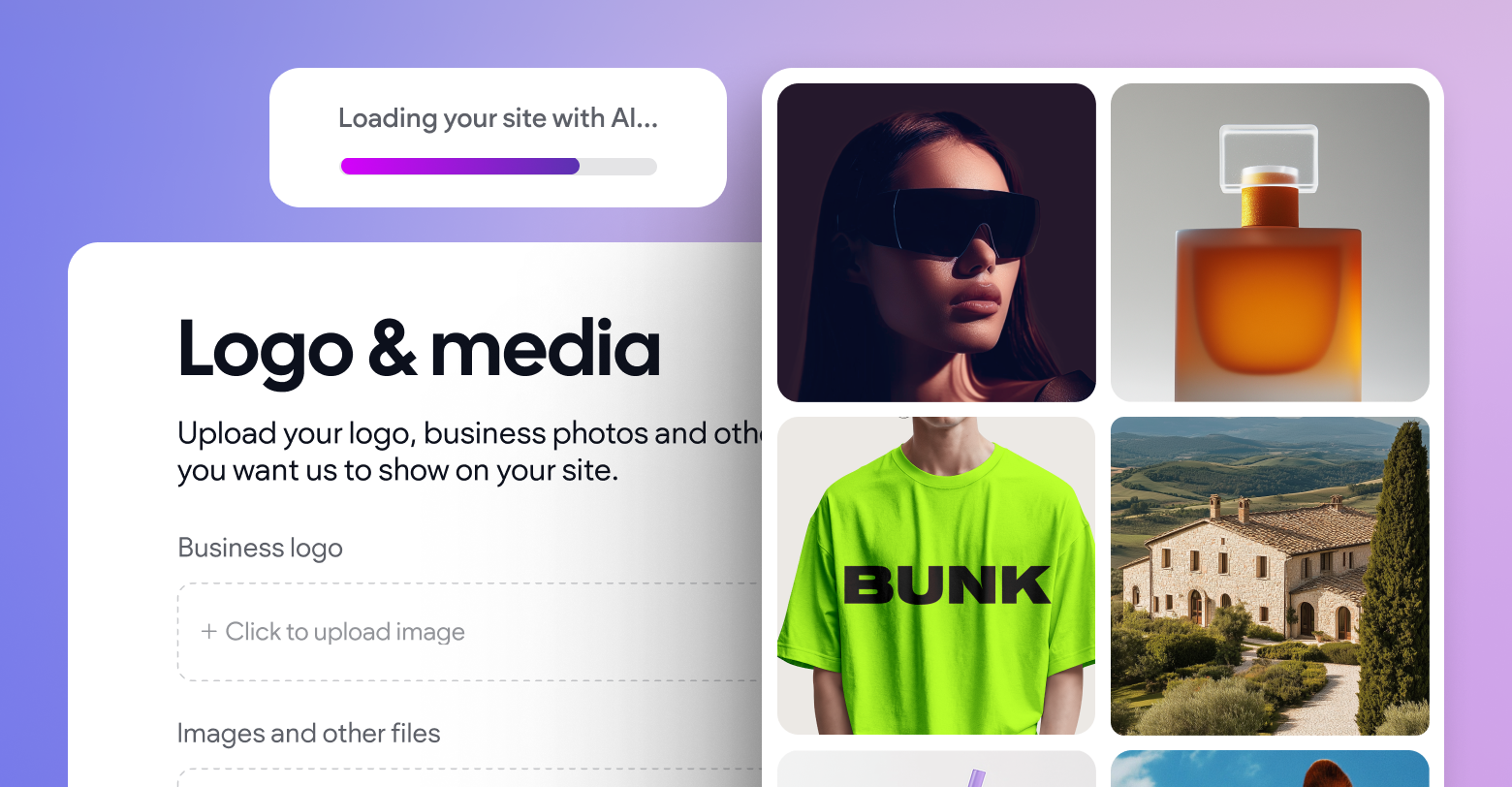Yep, that’s right:
Client content collection.
Sound familiar?
- Endless back-and-forth.
- Follow-up emails piling up.
- Client onboarding turning into a complete nightmare.
And the worst part? It’s not just about the delays. Missing details and low-quality content can jeopardize website performance and extend your agency’s time to dollar.
In a recent survey of 120 agencies, we found that
clients cause 87% of content collection delays—and it’s not hard to see why. Because when humans are involved, that’s where the process gets messy. Clients are busy running their businesses, and gathering website content is rarely their top priority. A plumber’s main focus is fixing leaks, not figuring out what content to provide for their website.
The problem: why content collection is such a headache
As an agency, content collection is a critical step impacting your entire workflow, from project kickoff to delivery. Getting the right content from clients is often a slow, frustrating process due to a few key challenges:
- Delays, unresponsiveness, and timing issues: Clients fail to respond in a timely manner, leaving you waiting for the content you need.
- Clients not providing content or lacking clarity: Clients don’t always know what content they need to provide or fail to give enough detail.
- Submitting poor-quality text or media: Submitting low-quality images or poorly written text means more revisions later.
- Clients being too busy or overwhelmed: Clients have other priorities and sometimes struggle to focus on website content collection.
- Moving the information to the site: Even once you’ve collected the content, the process doesn’t end. Agencies often need to manually transfer the content into the site, which adds yet another step to the process. This additional task can cause further delays and errors, adding to the overall complexity of content collection.
The problem is universal and affects agencies of all sizes. Whether you’re a small or large agency, these delays are a constant frustration, causing bottlenecks that impact your revenue cycle and client satisfaction.
How long does it take to collect all client content?
The time it takes to collect client content is a major issue for agencies. Only 2.68% of agencies collect all content in just one day. Most agencies aren’t so lucky. Here’s the breakdown from our survey:
- 36.61% of agencies get all the content within 2-5 days
- 37.5% take 6-10 days
- 23.21% report delays of 11+ days
That’s a huge delay before a project even gets started.
Enter Duda’s AI-powered Content Collection solution
We’ve created an embedded, intelligent solution to streamline content collection - helping agencies gather what they need, when they need it - working their way, faster than ever.
By integrating this solution directly into the website-building process, we make it easier for agencies to focus on what they do best: building exceptional websites. With Duda, you don’t just collect content; you do it
smarter and faster.
Let’s spend some time on the ‘smarter’ aspect, as this is where things get really interesting.
What makes Duda’s content collection smarter? The answer lies in personalization and intelligence. While traditional forms or external tools might offer basic templates, Duda’s AI-powered solution goes beyond that. It tailors the content collection process based on the client’s business type and unique needs. This means that your clients' questions are customized to fit their specific business, whether they’re running a plumbing service, an eCommerce store, or a local restaurant.
Rather than asking generic questions that might lead to confusion, Duda’s platform suggests the most relevant questions, helping clients provide more accurate and complete content from the start. No more vague, one-size-fits-all content requests - just streamlined, relevant questions that ensure you get high-quality content.
It comes down to this: When you ask the right questions, tailored specifically to the client’s business, the likelihood of receiving complete and relevant answers increases significantly.
Integrated directly into the website builder
Another key aspect of Duda’s solution is the seamless integration. Because the content collection tool is embedded directly into the website-building process, it is optimized for the use case of website building. While there are other AI content collection tools out there, these tools focus on a broad range of use cases, often making the questions too generic. This can lead to vague, incomplete, or irrelevant content submissions that can delay the process. Duda’s AI-powered solution is specifically designed with agencies building websites in mind.
Another aspect of the integration is the convenience of having the content located within the website builder, where it should be. Agencies don’t need to worry about transferring information from one tool to another. Whether your client fills out the form on their own or you fill it out on their behalf, the content is automatically imported into your Duda platform - ready to be used on the site without any additional steps.
This means you’re not wasting time manually transferring content from email threads, external forms, or Google Docs into your website’s CMS. The process is automated, cutting down on human error and ensuring content is placed exactly where it needs to be, without the extra hassle.
The natural next step: Generate a site with AI
What would be more convenient than having all that info collected and then simply, with a click of a button, generating a site with AI, tailored to the information gathered?
That’s what we call A to Z.
Once your client has provided their content, the next logical step is transforming it into a fully designed, structured website - without the manual work. With Duda’s AI-powered site generation, agencies can instantly turn collected information into a site that aligns with the client’s business, industry, and goals.
The AI takes the information, applies intelligent structuring, and builds a site that makes sense for the business - complete with relevant sections, layout suggestions, and optimized content.
This means agencies can go from content collection to a fully functional (multi page) site in record time, making the entire website-building process smoother, faster, and more scalable than ever before.
Let’s cut to the chase: How does it work?
It’s as easy as pie.
The content collection form is fully branded, creating a seamless experience, and is already populated with basic questions such as the business name, business type, and other essential information.
But here’s where the magic lies: you can click the “Add Custom Questions” button and then the “Suggest Questions with AI” option—and voila: AI Content Collection will generate personalized, intelligent questions that help you gather the exact answers you need to generate high-quality content exceptionally fast, ensuring that the site’s content is relevant, complete, and tailored to the client’s business right from the start.
Of course, you can tweak everything as needed, including the branding of the form.
Clients can complete the form themselves on any device, at their own pace—or you can fill it out on their behalf. Once submitted, client information and assets are automatically available inside the Duda platform—ready to use immediately for AI site generation.
Bear in mind that AI site generation is not the only option. You can also use the content collected to build websites using your custom templates or
Duda templates.
Collect content from clients at the speed of AI
The key to building websites that stand out and deliver results lies in the quality of content you gather from your clients—and the speed at which you collect it. By asking the right questions, personalizing the process, and integrating everything seamlessly into the website-building workflow, you eliminate the headaches of delays, missed details, and poor-quality content.
And when it’s time to generate the site? One click and the content you’ve gathered is transformed into a multi-page, professional website that reflects your client’s needs—fast.
From content collection to a complete site, Duda takes the complexity out of the equation and lets you focus on what you do best: delivering exceptional websites at scale.
Want to give Duda’s AI content collection a spin?
Start your 14-day free trial today!









